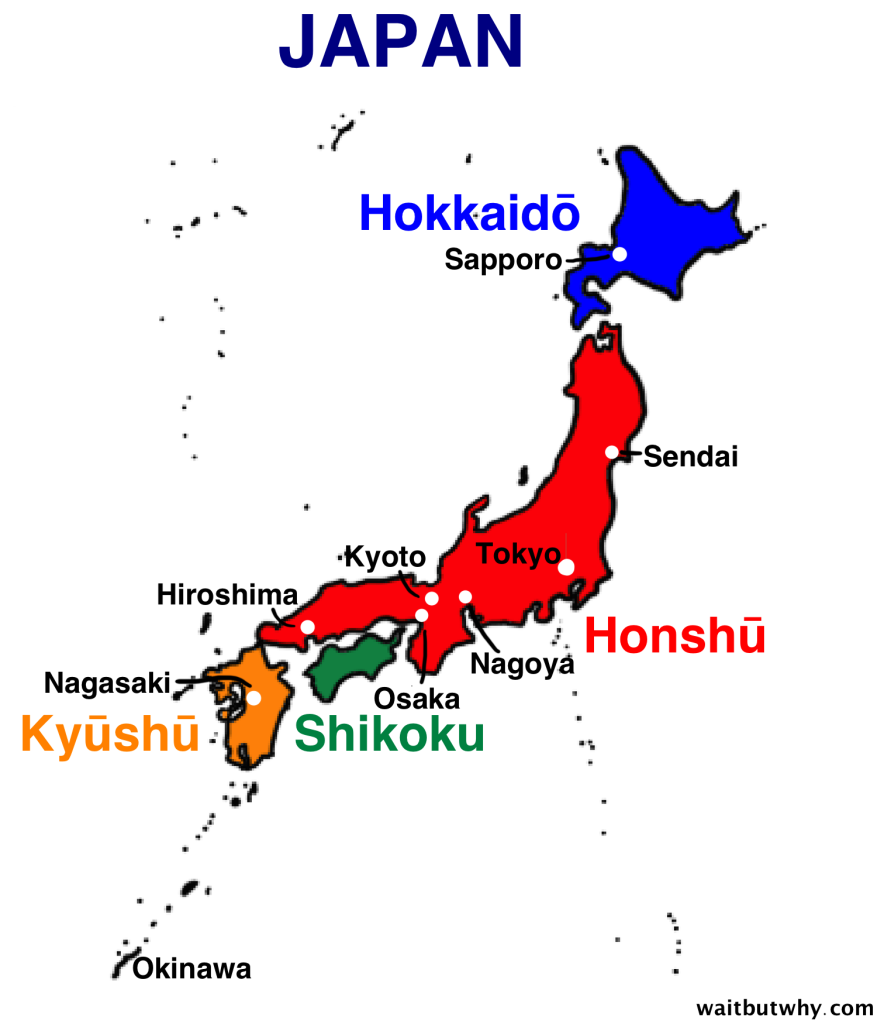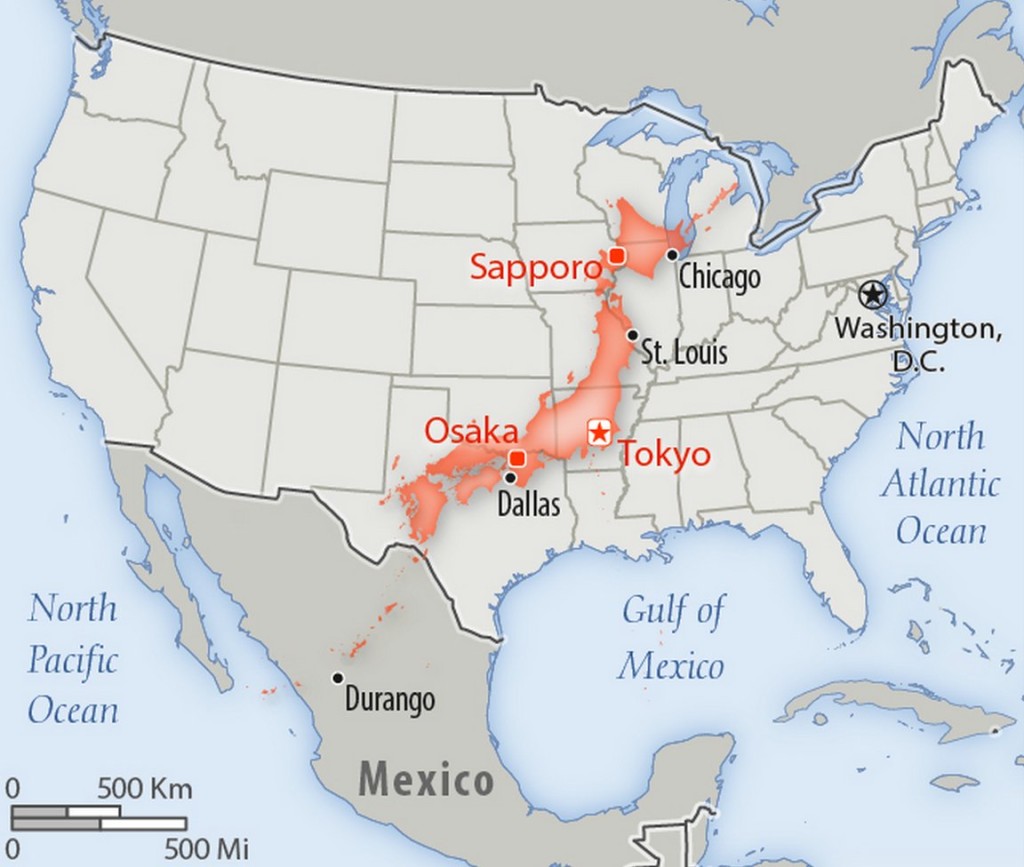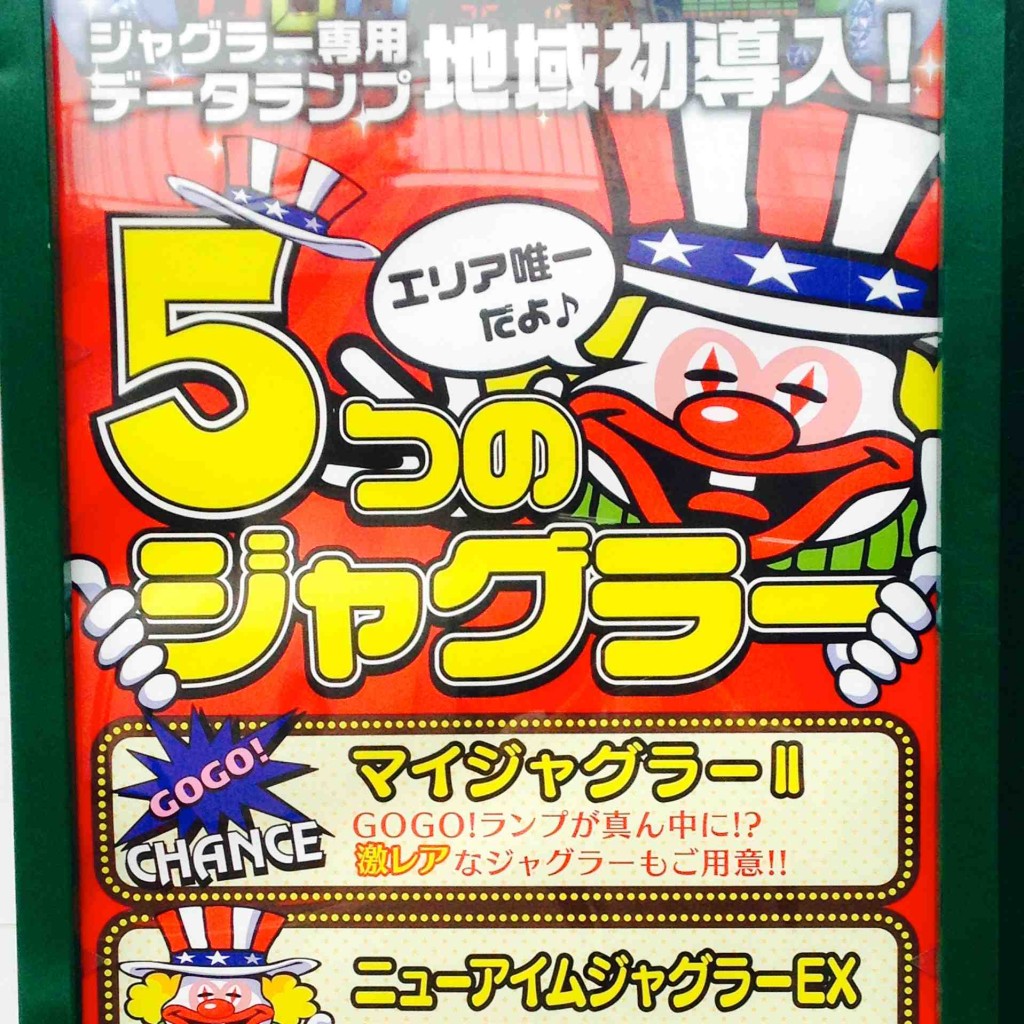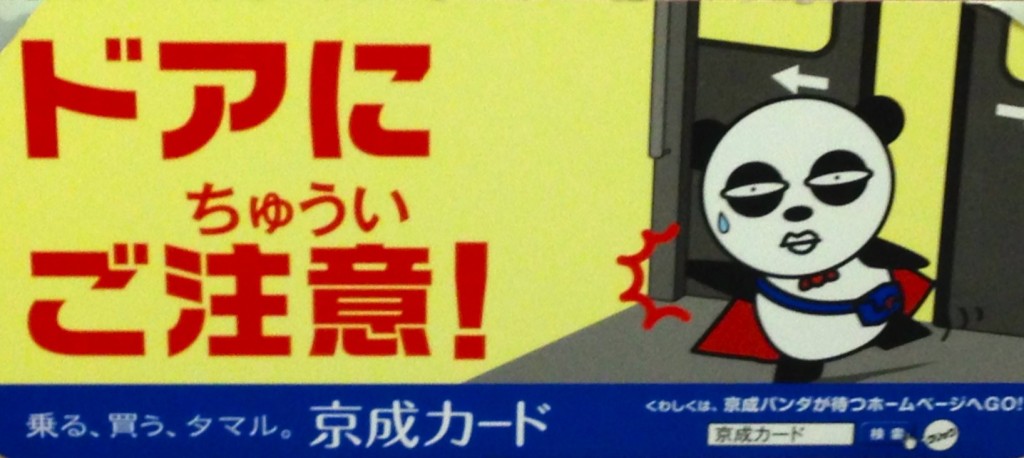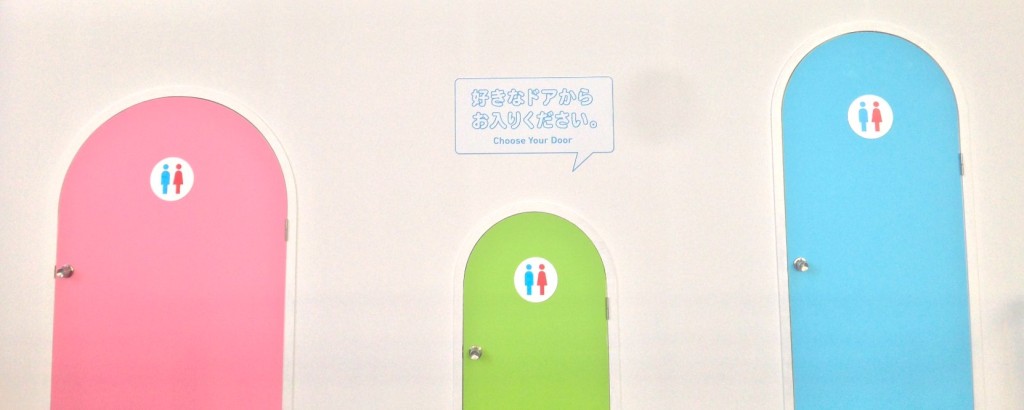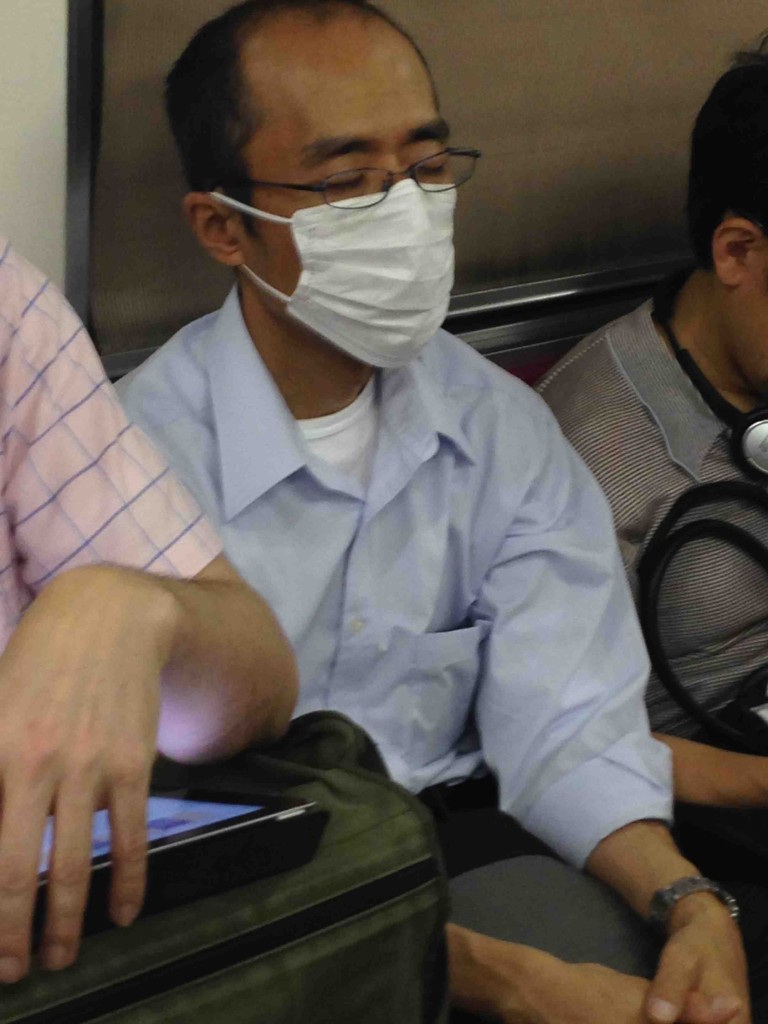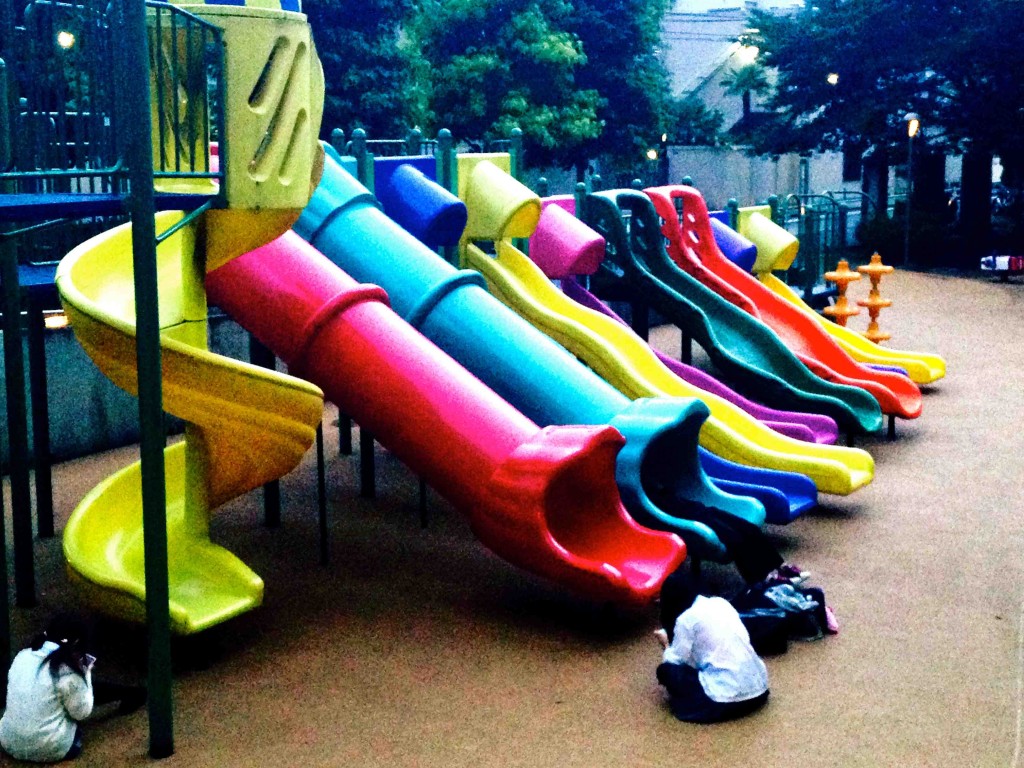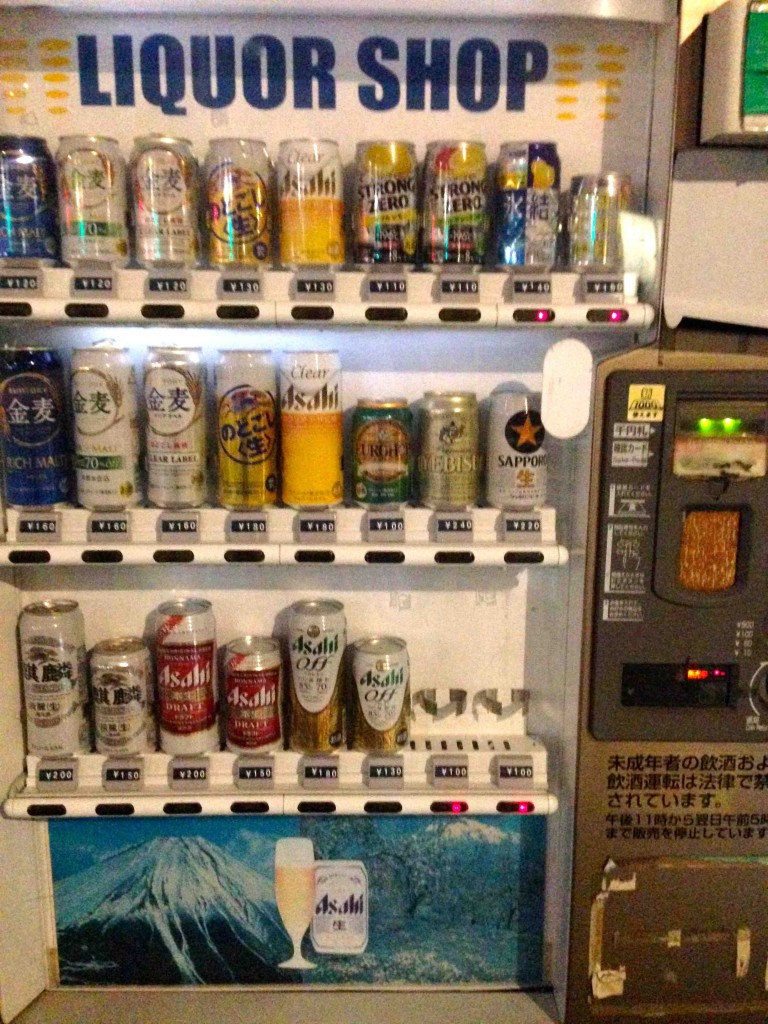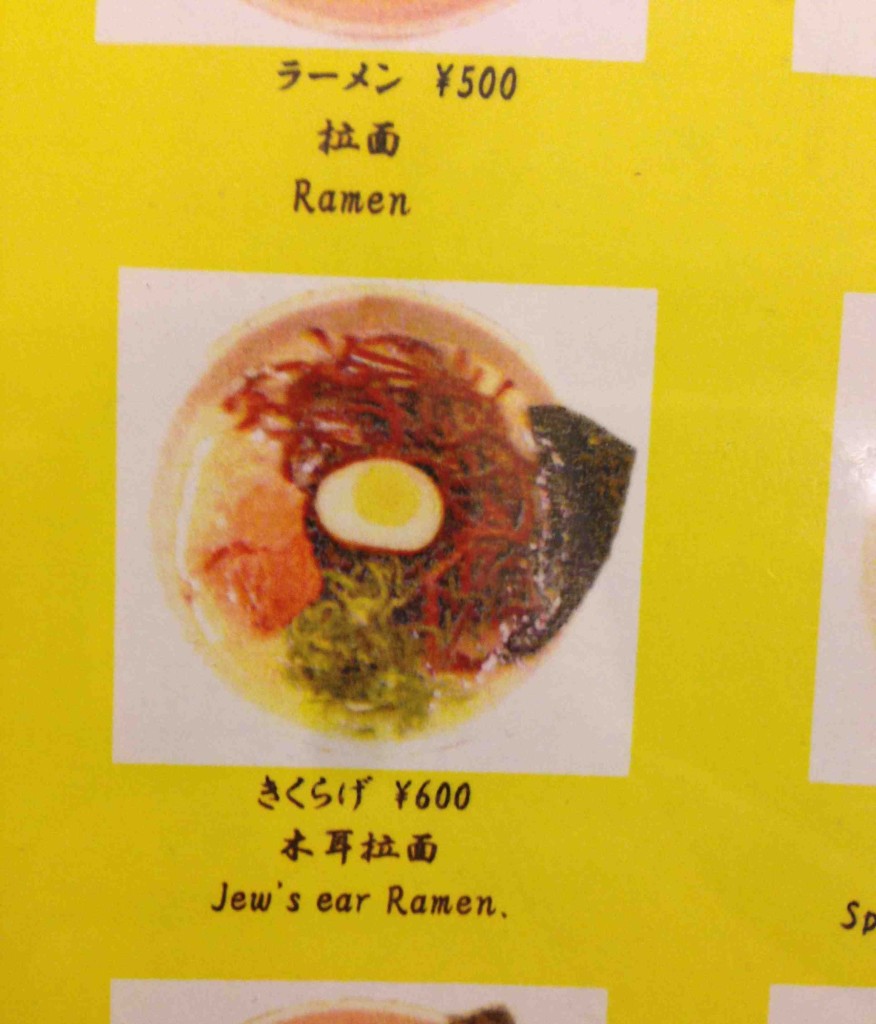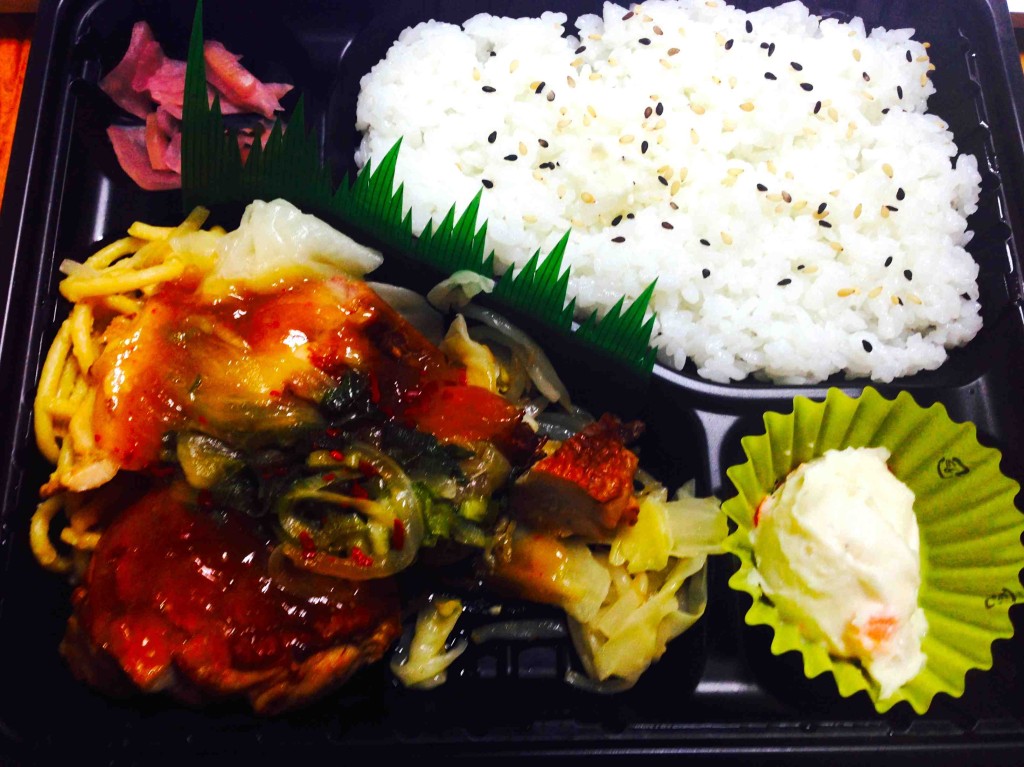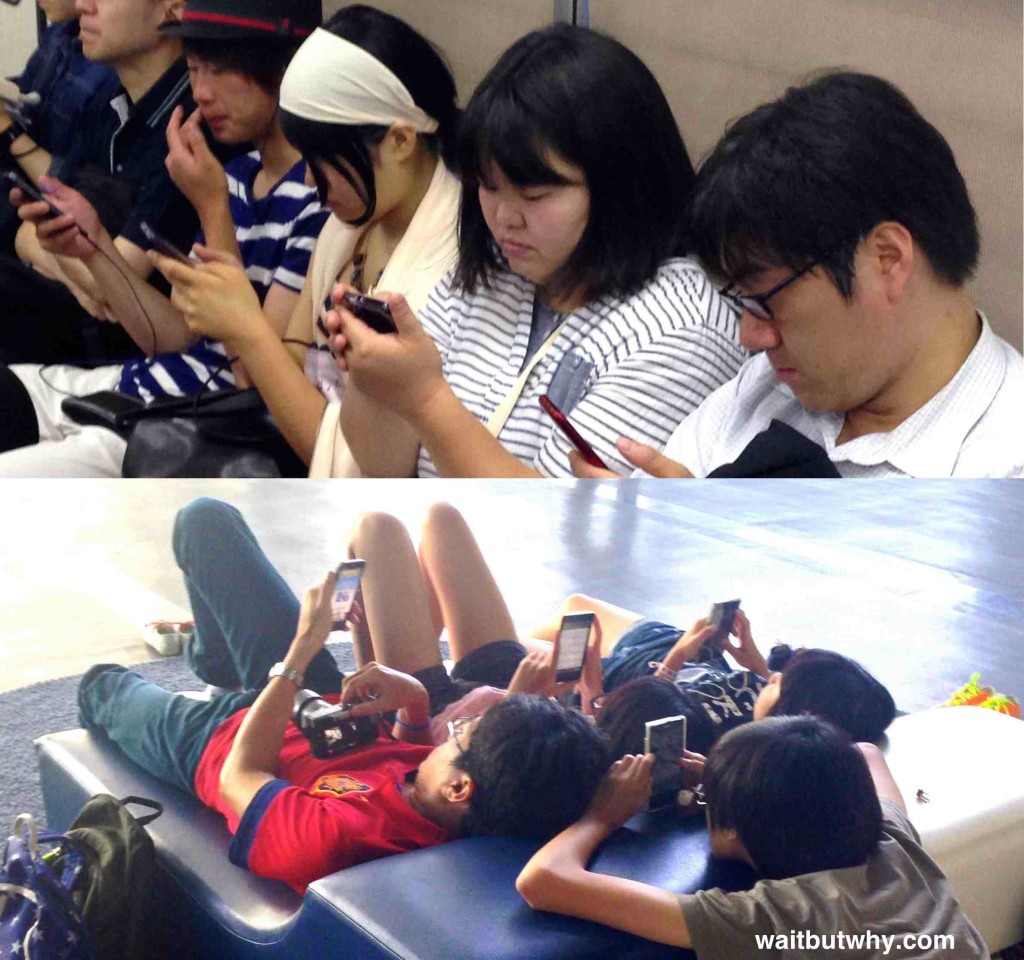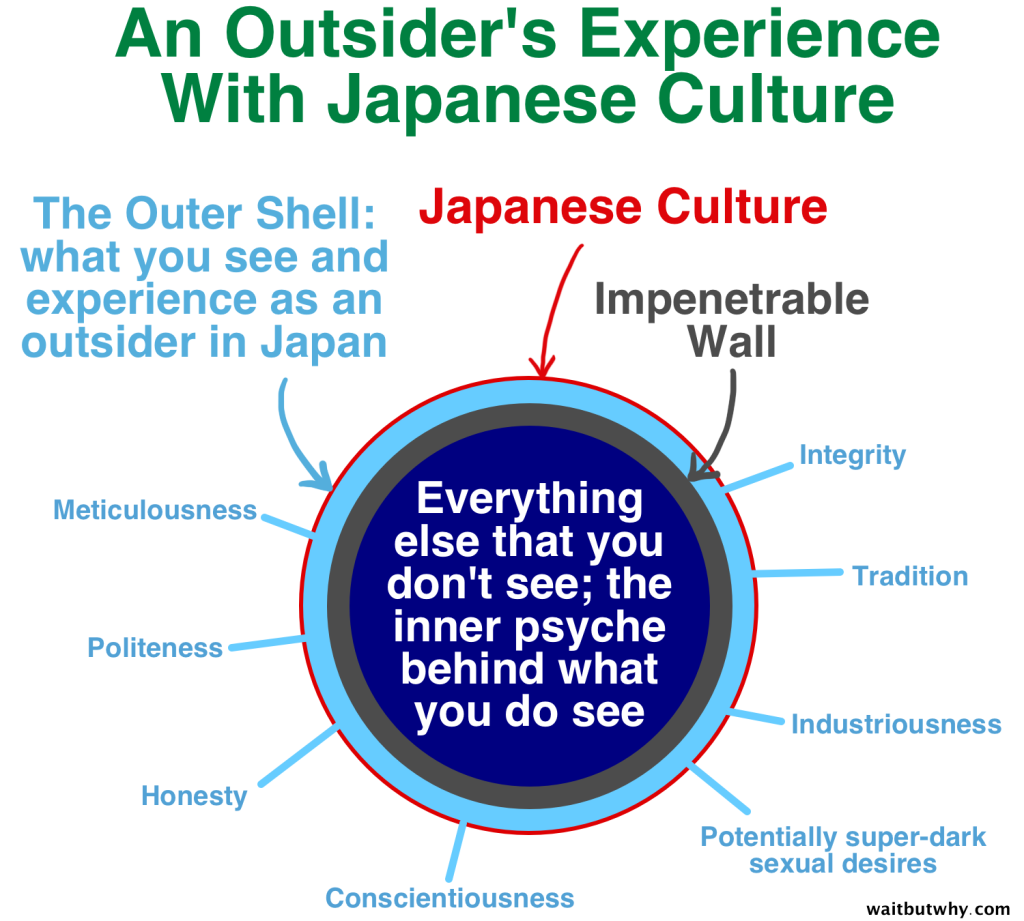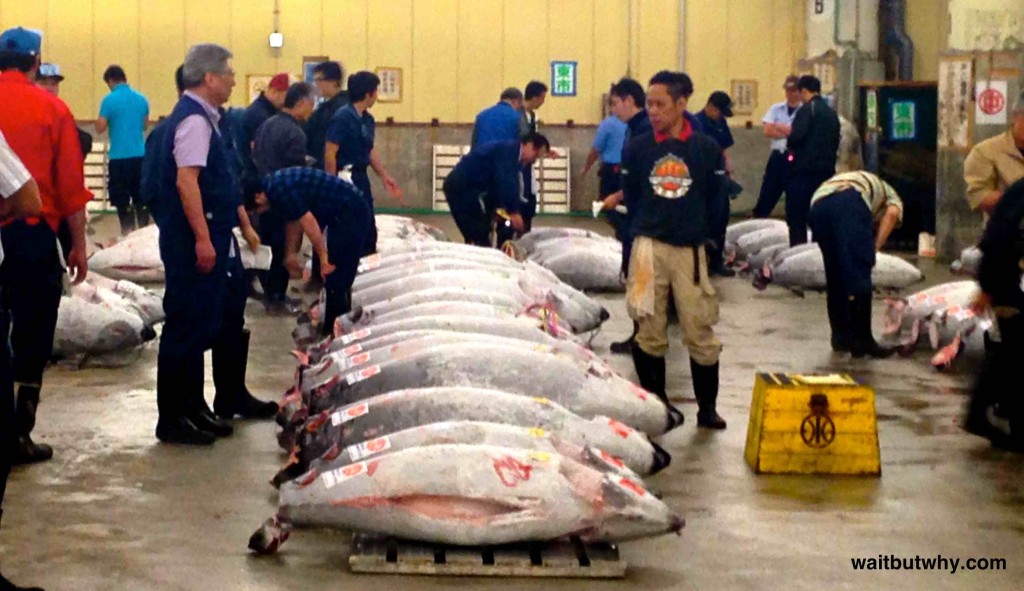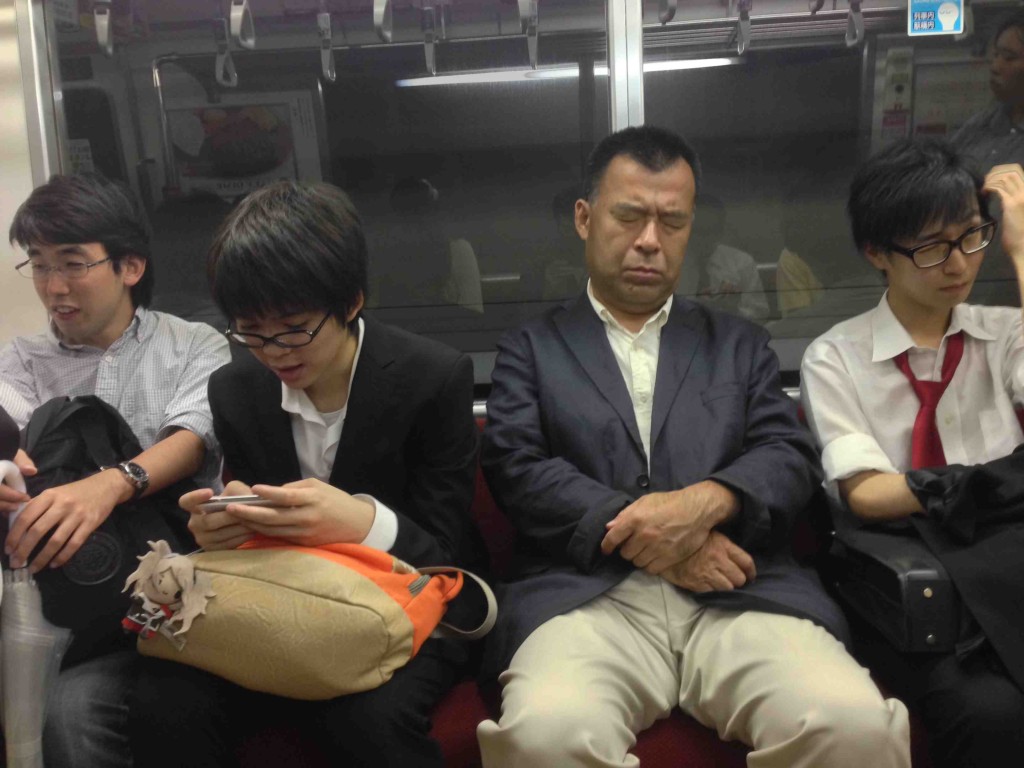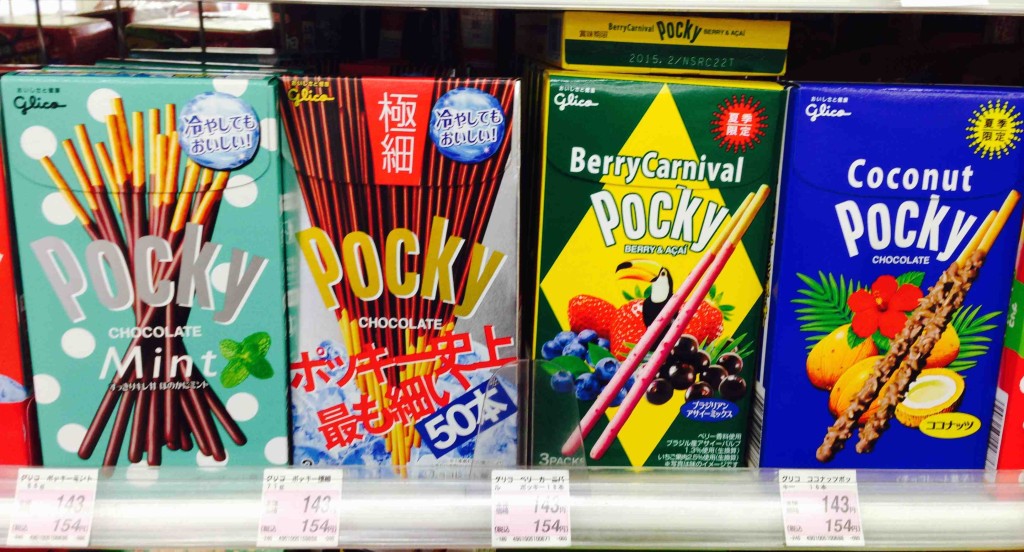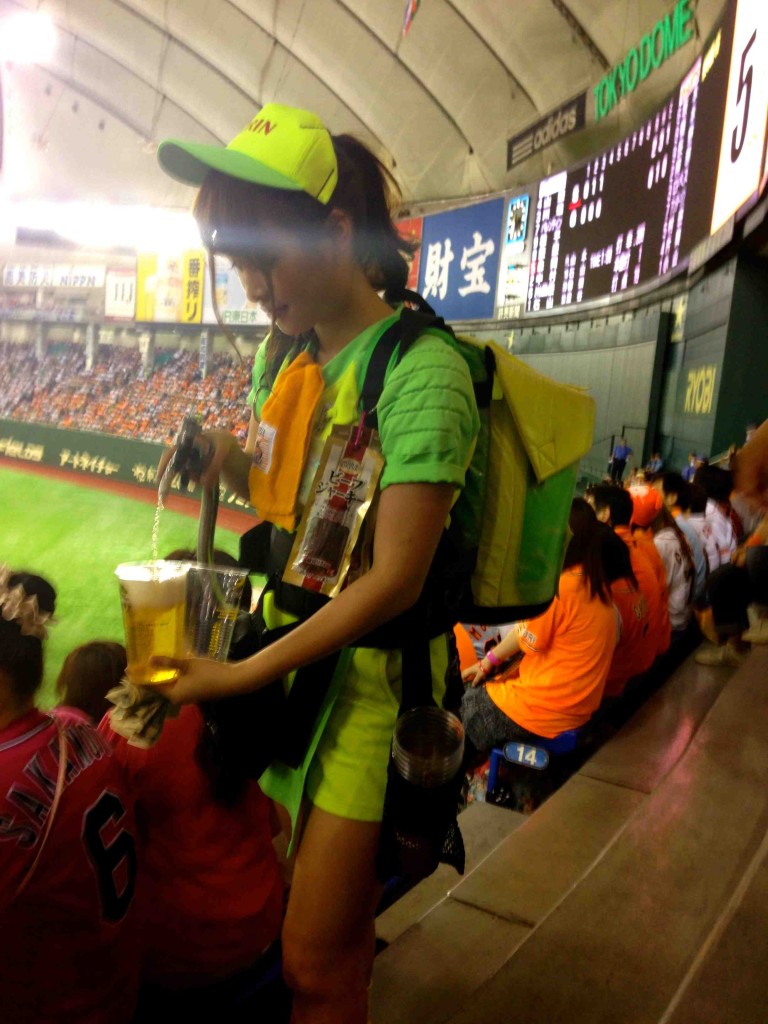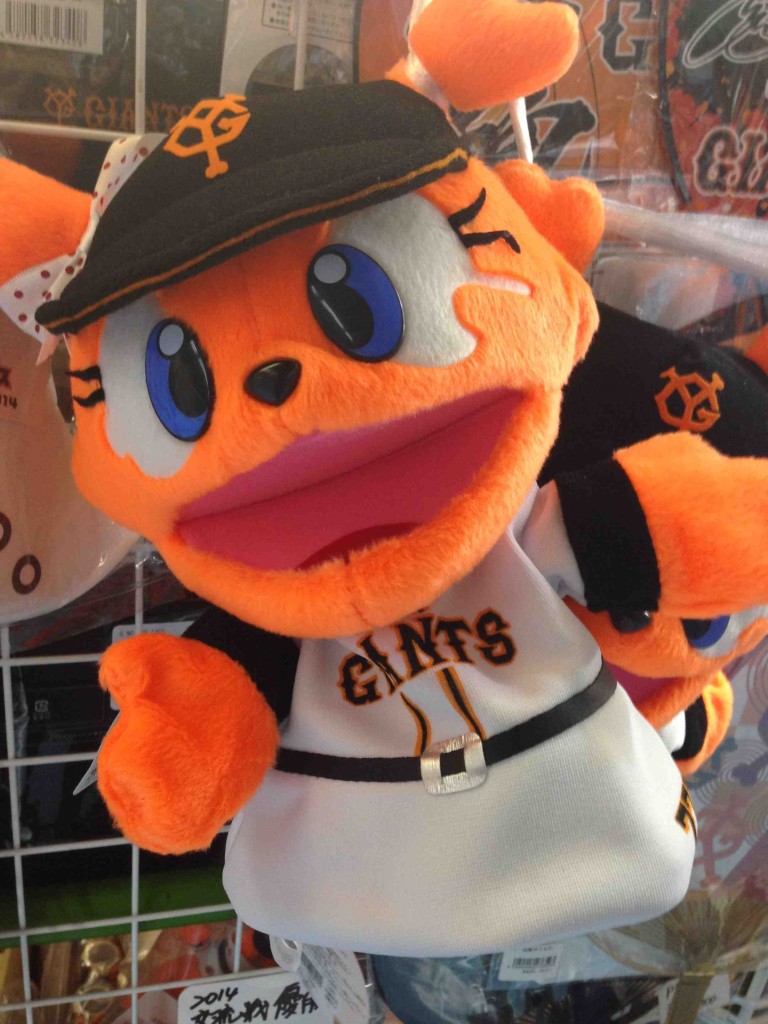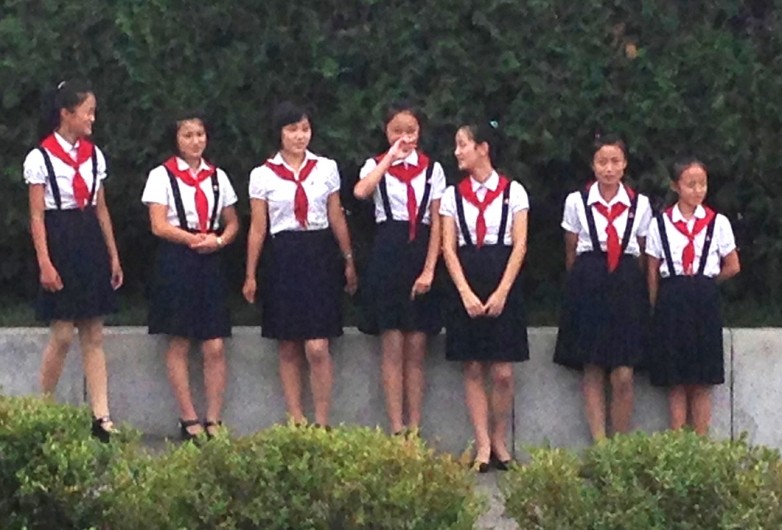If you’re not sure what Odd Things in Odd Places is and why I’m in Japan by myself, you can learn here.
It all started with a Gmail theme.
A few years ago, on some standard Dark Playground toil session, I ended up deciding to shake things up in my life and try out a new Gmail theme. I finally settled on one called Tea House.1 Tea House takes place somewhere in Japan and centers around a small fox and his home. And as my day would go on, so would the fox’s. One minute I’d scroll down to the bottom of Gmail to find him trimming his bonsai tree…
And later on, he’d be tidying up around the house.
Sometimes he’d be eating his evening soup, other times trying his hand at calligraphy or settling down on the futon for his night’s sleep.
And as time went on, I began to yearn. It was idyllic and I wanted to be there with him, badly. The fox had it all figured out.
Ever since those days, I’ve had Japan on the top of my to-visit list, so I was pleased when WBW email subscribers chose Japan out of the Japan/South Korea/Taiwan group as the second place to send me this summer. It was finally time. I was going to meet the fox. I was going to be with the fox.
Then this happened instead:
It’s not Japan’s fault that I did basically the exact opposite of being with the fox. It’s that I arrived in Tokyo, realized that I was standing on another planet far in the future, and understood that the utopian Japanese countryside would have to wait for another trip—I needed to spend this entire time trying to figure out Tokyo.
Being an outsider in Japan is bizarre. Japan is such a prominent concept in history, in global economics, in technology, and in the culinary world, it’s easy to forget that you have no idea about Japanese culture.
I promise you, you don’t.
But we’ll come back to this. Let’s start with some basic things about Japan:
Part 1: About Japan
Things I Learned Before I Went
Population: Japan has the world’s 10th highest population, at 127 million, but it’s one of the small handful of countries whose population is shrinking. This is especially impressive considering that Japan has the world’s second lowest infant mortality rate and its third highest average life expectancy. The main reason the country’s population is declining is that their total fertility rate is one of the lowest in the world at 1.4 births/woman. It’s also not a country people immigrate to, leaving it with an incredibly homogeneous population—98.5% of people living in Japan are Japanese.
Land: Japan is an average-sized country, at number 62 on the land area list, sandwiched between Zimbabwe and Germany. But given that it has the 10th highest population and the extraordinary fact that over 50% of the people live on just 2% of the land (Japan’s mountainous terrain makes little of its land habitable), most of the people are living in extremely dense urban conditions. Depending on how you define “city,” Tokyo can come in as low as 17th biggest in the world at 9 million people or as high as first in the world at 37 million people. The latter refers to the Tokyo metropolitan area and is the world’s largest metropolitan area, by any definition.
Japan lies directly on “The Ring of Fire,” a line that circles the Pacific Ocean and causes immense seismic activity—hence Mount Fuji and all the famous earthquakes in Japan, including the 2011 quake and tsunami that caused the Fukushima nuclear disaster.
I think people also think Japan is smaller than it is—in fact, it would stretch from the top to the bottom of the continental US:
Source: The CIA World Factbook
Economy: Japan’s GDP of just under $6 trillion makes it the 3rd largest economy in the world, larger than the UK and France put together, but its GDP per capita sandwiches Japan right between the UK and France at #22. Japan’s most prominent export is, unsurprisingly, cars, and its most abundant imports are, also unsurprisingly, fossil fuels.
Political Situation: Japan is officially a “multi-party parliamentary representative democratic Constitutional monarchy” and actually still has an emperor, a nice man named Akihito—Japan’s Queen Elizabeth. But the actual head of government is the prime minister, a position currently held by Shinzō Abe, a man you probably know nothing about because you’re all absorbed in your own life over there.
Religion: 84% of Japan’s population say they practice Shintoism, Japan’s indigenous religion. 71% say they also practice Buddhism. Only 2% is Christian.
History in One Sentence: Japan’s earliest settlers got to the island by walking over ice bridges connecting it to the Asian continent that formed during the last Ice Age, and they were hunter-gatherers known as the Jōmon people (whose DNA is still found in modern Japanese people), who lived during the period of Japan’s very first emperor, the possibly-not-real Emperor Jimmu, and that was just fine until things got more complicated around 400BC when immigrants from the Korean peninsula known as the Yayoi began arriving on boats, which kicked off a bunch of centuries during which there were clans, most notably the Yamato clan who dominated Japan from the third century AD to the eighth and who kept looking at China to figure out how real countries were supposed to act, until they were eventually replaced by a new system where a shogun, or military governor, was the leader, a system that would last 700 years and whose grand finale would be the Tokugawa shogunate, which ruled for 265 years and gets mixed reviews for creating a time of peace and unity but for also completely isolating Japan from the rest of the world like a weirdo, and whose rule ended in 1868, after US Naval Commodore Matthew Perry, who served under hapless president Millard Fillmore and can’t believe that he’s now relegated to the see Matthew Perry (disambiguation) link at the top of an actor’s Wikipedia article, showed up at Japan’s shore and suggested, with the help of a few thousand loaded cannons, that Japan open up to the rest of the world, to which the last Tokugawa shogun famously responded, “Fuck it,” and headed to the countryside to live “far away from all this dumb shit,” leaving the opportunity open for a bunch of disgruntled samurai to restore power to the emperor’s chair in the form of a pre-pubescent boy, later known as Emperor Meiji, who kind of just hung out as the new oligarchy who restored him (and who likely assassinated his healthy 36-year-old father just months earlier) worked together to “make the country rad,” and they did just that, as Japan rose from relative obscurity to a world power over the next 50 years, having by the time of Meiji’s death in 1912 a strong economy and strong-but-dickish military, who kind of did what they wanted, including starting wars with China and Russia, occupying Korea, raping and pillaging a lot of stuff, and bombing Pearl Harbor in 1941, which started Japan’s war with the US during WWII that ended with over 100,000 people being killed by US atomic bombs in 1945, after which Japan was like “okay that sucked” and began the process of rebuilding, which worked really well because between the mid 1950s and the late 1980s, Japan’s economic growth was outrageously rapid, leaving them with the world’s second largest economy, and that was exciting until the bubble burst in 1989, leaving them with pretty stagnant growth since then, but they’re still a big deal.
Things I Learned When I Was There
As I wandered around Tokyo, here were seven of my observations:
1) Everything is incredibly pleasant and clean and orderly and safe and high-quality and advanced
In short, everything is just really nice.
And it made me realize that I don’t actually live in a developed nation—only Japanese people do. Things that are supposed to be dirty, like public bathrooms in the metro station, are spotlessly clean in Japan. There are little buttons on the side of restaurant tables so you can summon a waiter. If you hail a taxi (don’t—the price is upsetting), the door pops open when you approach, the same way a car’s trunk pops. There’s perfect phone service everywhere, even on the metro. Just a ton of little things like that that kept making me say “Whoa.”
I’ve also never felt so safe in a big city before—and for good reason, since Japan has the world’s 4th lowest homicide rate, behind only Singapore, Monaco, and Liechtenstein.2
2) Everything is odd
Never have I been somewhere where so many things are odd. Here is a small sampling of what I’m talking about—
Things like this ad:
And this ad:
And this subway warning sign:
And these doors:
And all the people wearing face masks everywhere:
And this larger-than-necessary number of consecutive slides:
And this vending machine, which you use to order your dinner at the restaurant:
And this vending machine, which sells beer:
And this Jew’s Ear Ramen:
And we won’t even mention this cuddle café.
3) I can’t communicate with anyone
I speak English well and Spanish badly. And anytime I’m in a country where the people don’t speak either of those languages, I’m reminded what a barrier a language barrier is. It’s amazing how much we take for granted the ability to effortlessly transmit nuanced thoughts from our brain into other brains. It’s an incredible technology.
In Japan, roughly 10% of people could speak enough English for us to crudely communicate, and with everyone else, it was mostly smiles and hand motions and bows. And because Japanese culture is so foreign to an American, communicating without language is even harder than it is in other places.
Someone told me that a lot of Japanese people speak more English than they let on, but the perfectionist nature of the Japanese makes them particularly reluctant and shy to attempt a language they’re bad at. I also read that new languages are harder for Japanese people than for other people because of the unusually small number of different sounds in the Japanese language. You know when you learn another language and there are those one or two sounds that you’re really bad at saying because your tongue forgot how to make them when you were eight months old? Japanese people learning a new language deal with a lot of those.
4) The food is amazing
Boring and obvious item, but I had to mention it. Westerners tend to pigeonhole Japanese cuisine to a few staples like sushi and ramen and teriyaki stir fries, but there are a million different kind of Japanese foods and it’s one of those countries where everything is good. It didn’t matter what I ordered or where, it was just all good. Even the convenience store meals:
5) The sex industry is everywhere and spans a wide range with confusing borders
From what I saw on the streets and learned by talking to a few expats about it, the range seems to look something like this:
The Standard Stuff region includes the brothels, shady massage parlors, and strip clubs that line the streets (especially in certain areas of town), the large number of sex shops, and some super-weird institutions like blowjob bars and vibrator bars (I don’t know what either of these is exactly, but they both exist). When I expressed my surprise to an expat that a huge sex industry would exist in what seemed like such an otherwise buttoned-down culture, I was told that it’s more complicated than the sex industry in another country—that there’s a very Japanese-specific dynamic between men and women, one that includes the whole geisha part of their history, and that the modern sex industry emerges from that. I’m not going to pretend I understand what that means, but that’s what I was told.
Moving on to what I’m calling the Innocent and Adorable side of things, this is where things take a big leap weirder. So first, anime porn is a huge industry, but that’s not what I’m talking about. I’m referring to the Japanese pop culture phenomenon called kawaii, which means cute in a child-like way. It shows up in everything from the Hello Kitty-type fads to advertisements to fashion trends. Basically, you know the pink and purple, fuzzy, fluffy, sparkly, hearts-and-stars aesthetic we impose upon 5-year-old girls? That’s super hip in Japan. And that’s fine. Where it becomes odd is where that starts bleeding into the world of sex, and suddenly we have a situation where everyone is sexualizing 5-year-old-girl-ness. Except I didn’t know when to feel creeped out and when not to be because I wasn’t sure what was trying to be sexual and what wasn’t. For example, there are all kinds of themed restaurants in Japan, everything from bunny and owl cafes (where live animals bounce around while you eat) to prison-themed restaurants where you eat in handcuffs. I hit up a few of these, one of which was a famous and hilarious maid-themed cafe. All the employees were young women dressed as French maids—the confusing part was that they were made to look sexy, but they acted like 5-year-olds, clapping and jumping, singing songs in high-pitched voices, and being generally cartoon-y, and there were little kids there, but there were also tables of all adult men. Huh? Was I in Chuck E. Cheese or Hooters? Or both? Confusing, right?? This kind of unclear distinction was everywhere.
Finally, we arrive at the Rapey and Dark end of the spectrum. When Japan goes dark, they really go for it. First, pornography and video games depicting rape is a big thing. Second, the production of child pornography was legal until 1999, when it was banned with outside pressure, and the buying, selling, and possession of child pornography was legal until a month ago, when it was finally banned. This fact, of course, adds to the stressful component of the kawaii rage in Japan.
6) People might be even more hooked on smartphones over there
Might be. It’s close. But there were a lot of scenes like these:
7) The culture is lovely to interact with, fascinating to observe, and impossible to understand
This item could be its own post, but after only two weeks in Japan, the most I’ll attempt is to sum up my thoughts on the topic that riveted me from the moment I arrived to the day I left. (If you’re short on time or not that interested in an exploration of Japanese culture, this item is long—skip below to Part 2.)
It’s commonly said that Japanese culture is foreign to someone from the western world, but that’s not really a great description—a culture being foreign means more than having foreign customs or unfamiliar taboos or weird music. It means the people are wired differently than you are. Japanese foreignness is really about what goes on in the depths of the mind, not the zany cartoon ads.
It makes sense that the differences between Japanese culture and a culture like that in America would run deep. At the core of American life are European cultural roots and a Judeo-Christian value system—both of which have at one time or another influenced much of the rest of the world, through imperialism and missionary activities. But Japan spent most of its history being unusually isolated, both as an official policy and through its ability to resist forceful cultural immersion—it’s one of the few places to A) never be imperially occupied by another country, and B) keep almost all Christian missionary activity out, making it a rare country that has been able to evolve mostly untouched by others.
Add to this the somewhat secretive, exclusive nature of Japanese culture, and you have a pretty boggling situation for an outsider. To me, it felt something like this:
Let’s discuss.
The Outer Shell: What You Can Experience Directly
The Outer Shell of the culture that I actually experienced firsthand was pleasant.
First, the people are insanely polite. I was apologized to for no reason, smiled at constantly, my jokes were laughed at even when I didn’t make a joke and the laugher didn’t speak English, and best of all, the bows. So many bows. Bows to say hello, goodbye, thank you, I’m sorry—anything really. (I began to thoroughly enjoy bowing back, and now I’m crushed this isn’t part of my normal life. New Yorkers bow rarely.) An extreme politeness example would occur when someone would take my credit card—they wouldn’t take it with their fingers like I’m accustomed to, they’d hold their palms out like a platter for me to put it on, returning the card to me with another hand platter. All of this I’m going to miss.
It wasn’t just politeness that struck me, it was the lack of rudeness. Public altercations or even mildly unpleasant interactions don’t happen. At one point, I was in a taxi at a construction-hindered intersection being traffic-directed by an officer. The driver mistakenly went into the intersection at the wrong time, against the officer’s signal. In New York, the officer is not friendly about this and the driver responds by either ignoring him or yelling back. In Tokyo, the officer ran over to explain the mistake, acting like it was his own fault, the driver acted like, “No no it’s my fault you’re the best” and they both bowed to each other.
This social harmony is deeply ingrained in Japanese culture, and it’s critical to uphold it—critical because it’s socially disastrous to have a negative interaction in Japan, causing you to “lose face,” a mortifying experience.
Second, the people are trustworthy. This is the thing I laud Japan for most and I wish my world was more like it. There’s a high level of integrity in Japanese culture—doing the right thing because you’re the kind of person who does the right thing. This is the opposite of doing the right thing because it benefits you, and that’s a key distinction.
In the US, there are plenty of good people with plenty of integrity, but an interwoven web of reward and punishment incentives is really the glue that makes things work. Sure, the auto mechanic might care about the quality of his work, but I’m assuming A) that he’ll probably overcharge me if he thinks I won’t know, and B) that he mainly wants to do good work because that helps his reputation and a good reputation is what keeps his business strong. I don’t want to think too hard about what goes on in a restaurant kitchen because I assume that they’re using cheaper, lower-quality ingredients whenever possible if they don’t think I can taste the difference, and probably being unsanitary when they know no one is watching. If a waitress goes above and beyond for me, I assume she’s doing so with her tip in mind. Yes, I’m cynical, and of course there are many exceptions, but I rarely assume a stranger will do good if there’s no personal incentive in place. And that cynicism is reinforced when I’m in a super famous restaurant like Katz’s in New York, whose success doesn’t rely on happy customers because their fame ensures business no matter what, and the staff is unbelievably rude. As soon as politeness isn’t tied to success, it disappears.
But Japan feels different. People I interacted with in Japan seemed to be intent on being honest and conscientious in their work because it was part of a cultural code of conduct. That’s just the way we do it in Japan is what it felt like to me. One piece of evidence for this is the nonexistence of tipping. In fact, when I tipped a waiter on my first day without realizing that I wasn’t supposed to, he ran after me on the street to give it back to me. Tipping, to him, seems like an insult—it suggests that he provided good service just to make a couple bucks.
And this quickly rubs off on you. If I’m not tipping the waiter and he’s still providing perfect, friendly service and going above and beyond, that makes me feel like I owe it to everyone else to be an equally good person. By tipping, I owe nothing to anyone—after all, other people aren’t paying me to do good the way I paid the waiter to give me good service, and I already paid my debt back anyway in the form of money. But when the waiter did it just cause, it makes me feel like an asshole to be anything but a great citizen after I leave the restaurant. Within a few days in Japan, my cynicism was replaced by trust, which made me begin to feel an obligation to the society as a whole to keep within the social code of integrity.
Finally, everyone follows the rules. This goes hand-in-hand with the above item. Drivers aren’t assholes, pedestrians don’t jaywalk, people show up on time, and no one steps over the boundary line that runs along the metro track.
The good side of this is that it adds to the trust element I mentioned above, and it keeps things simple. No one is being sneaky, so you don’t have to worry about it, and you don’t have to feel like you’re at a disadvantage if you’re not being sneaky too.
The annoying side is when following a rule trumps logic, like when I bought the wrong metro ticket, but one that cost more than the correct one, and the metro staff member made me buy the right one anyway—in New York, she’d have just let me go through. No one in Japan “just lets you” do anything. And some rules are weird, like the sign at a hot springs facility that prohibits anyone who has a tattoo. Huh?
One funny thing is to do something that makes their polite impulse conflict with their rule-following impulse. Like when I decided to make myself at home at the Hyatt’s 41st floor cafe to work on the Russia post (it’s open to anyone who wants to stroll in) and asked to have the coffee put in my thermos3 instead of a normal mug. Thermoses, I learned, aren’t permitted in most restaurants and cafes, but the Hyatt is all about making the customer happy. Internal strife ensued in my waitress, who politely told me to hold on for a minute. She went and got a higher-up lady and told her the situation. Internal strife ensued in the lady, who went and got an even more important lady. Who went and got another lady. Who finally decided my request would be granted. Japan.
Beyond the Wall: The Inner Psyche Behind Why the Customs, Values, and Social Fabric Are the Way They Are
As my time in Japan went on, I began getting the very distinct impression that in spite of being treated wonderfully, I was not part of the club. Nor did it seem that anyone had any interest in helping me to join it. When it comes to anything beyond the Outer Shell—who the Japanese people really are, why they act the way they do, and what they’re thinking—I know about as much now as I did before my visit.
Given that my trip was short and I don’t speak Japanese, this isn’t a huge surprise—but what did blow my mind was talking to expats who had been living in Japan for years and spoke fluent Japanese. Without exception, each of them told me that the Japanese treat them like outsiders and that that’s not going to change. One of them was half Japanese, spoke the language without an accent, had lived there for the last ten years and was married to a Japanese man, and she said she was a permanent outsider after being raised in France.
A visitor to any country is an outsider to the culture there—what makes Japanese exclusivity unusual is both the extent of its stubbornness and the fact that Japan is a large and prosperous world power—usually the exclusive club phenomenon is the stuff of smaller groups, often those who have faced some kind of adversity together.
The explanation, to me, comes back to Japan’s isolated history and the fact that the cultural gap between foreigners and Japanese runs especially deep. You can speak the language perfectly, but when the Japanese are known for speaking to each other in a very specific, indirect way (someone described it like talking to someone in a semi-circle instead of a straight line) and the foreigner just doesn’t really know how to do that, they’re not part of the club. When the Japanese are horrified at the prospect of losing face and a foreigner doesn’t understand what it would even feel like to lose face, they don’t know what it feels like to be Japanese, so there will always be a distance between them.
Part 2: Highlights
The most starstruck I was by a piece of fish:
The night I had dinner at Sukiyabashi Jiro. If you’ve seen the documentary Jiro Dreams of Sushi, you understand what a big deal this is. I have to admit, I didn’t go to the Sukiyabashi Jiro, I went to the other Sukiyabashi Jiro, in Roppongi—the son’s restaurant. It was just not possible to get a reservation at Jiro’s restaurant (and ridiculously hard to get one at the son’s). But from everything I’ve learned, the places look identical (except they’re mirror images of each other because Jiro is a lefty and his son’s a righty) and the food is nearly, if not totally, identical. The dinner course is the same.
For those who haven’t seen the doc, here’s the story: there are only about 100 restaurants in the world awarded three stars by the prestigious Michelin guide, and almost all of them are fancy restaurants. But one of them, Sukiyabashi Jiro, is in a Tokyo subway station and has 10 seats at a simple sushi bar. Jiro, the 89-year-old head chef, is considered by many to be the world’s best sushi chef, and he became so by being maniacally and single-mindedly obsessed with sushi for the past 60 years. He neglects his family, never takes days off, and regularly dreams of sushi. If you haven’t seen the doc, I highly recommend it.
Anyway, his older son, by Japanese tradition, will take over Jiro’s restaurant when Jiro retires or dies, and until then is stuck in a sous chef role. His younger son, free of that burden, left the restaurant 10 years ago to start his own version of it. That’s where I went.
Upon entering, I was immediately starstruck by the son and head chef, who was super focused and serious and barely acknowledged my arrival.
There’s no menu, no appetizers, and nothing for you to choose. You get the same thing everyone at both restaurants gets: Jiro’s famous 18-piece sushi dinner, each piece prepared by the head chef and served very quickly one after the other—the whole meal lasted about 35 minutes. When the sushi started arriving, I was actually starstruck by it, since the pieces appear in the movie so many times.
It was extraordinarily good, but of course a total waste on me. I love sushi, but this was like giving a $1,000 bottle of wine to the average person, who will love it but not understand much of the distinction between that and a $150 bottle.
Rather than bore the shit out of you with 18 pictures of sushi, here’s a composite image of the three pieces of tuna that come out consecutively, towards the beginning.
The left piece is lean tuna and comes first, then the medium fatty tuna, and finally the absurdly fatty tuna on the right (all from the same fish). Interestingly, in the doc, Jiro says that the fattier pieces are simple and predictable and though most people like them the most, it’s actually the lean tuna where the subtle sophisticated flavor specific to that particular tuna comes out. I won’t pretend that I could discern the extra sophistication going on when I had it, but it was very good (the medium was my favorite piece of the whole meal). A few other notes:
- The atmosphere was tense. Everyone was incredibly polite with me, but they were short with each other. Jiro’s son would curtly whisper something under his breath to his second-in-command, who would in turn quietly bark something to guy under him, who kept getting yelled at and was having a horrible time.
- They would often request “no soy” for certain pieces, i.e. “Don’t put soy sauce on this bite of perfection you foreign fool.”
- I had a chat with the second-in-command guy for a bit, who spoke decent English. When I asked him if he had ever been to the US, he explained that he has been working for the Jiro restaurants for ten years, and as such, has not had more than two consecutive days off in a decade (the only days off coming on national holidays). So, um, no he hasn’t been to the US.
- Apparently Jiro comes by the restaurant once a month and brings sweets for everyone when he comes, a fact I enjoyed.
The earliest I woke up to stare at dead fish lying on the ground:
The Tsukiji Fish Market live tuna auction. To see this, you have to arrive at the market around 4am. I arrived at 3:40 and about half of the 120 open spots were filled. By 4:40 it was full and all subsequent arrivals were turned away. This was all so I could spend 20 minutes, from 5:25 – 5:45 sharp, watching a bunch of Japanese men examine lineups of huge, freshly-dead tuna lying on the ground.
The buyers were mostly representing the city’s restaurants, and each tuna can go for as high as $10,000. The tuna sushi in the picture in the Jiro section came from here. The only other highlight was the insane-sounding auctioneer getting himself all riled up for no apparent reason (I’ve never understood why auctioneers have to be so ridiculous about it). After the auction, I walked around the wholesale market, the largest fish market in the world. Which was cool except it was also a huge gruesome slaughterhouse, which is kind of stressful. Here’s an 87-second montage I compiled of the whole thing:
The most cabinet-sized hotel room I stayed in:
This pod hotel.
Here’s how it works. You check in after 4pm, put your luggage in a locker, and go get in your cabinet. The base is about the size of a twin bed and it’s about 2.5 feet high. I like this kind of thing, and I might have stayed there the whole week if not for their policy of kicking guests and their luggage out every day from 10am-4pm.
Once you’re inside, you have a little panel with an outlet, a light, and a small TV affixed to the ceiling. The World Cup was on that night, and I was elated that I could watch it from my pod. I turned on the TV and was surprised to see a man holding a woman down by her neck and forcefully injecting her with a syringe. What else but some good old fashioned Japanese rape porn! I pressed the channel up button—still the same rape porn. Channel down button—the same man raping the same woman. This was a one-channel TV, and it had no intention of airing the World Cup game that night.
Imagine how far away a culture has to be from what you’re used to for it to not only be normal to have rape porn as a channel on the hotel TV, but to have it as the only channel.
The most torn I was about whether three dudes were incredibly uncool or incredibly cool:
Don’t rush to judgment here—Japan throws a lot of curveballs.
The most simultaneously horrifying and fun moment:
I was awoken in the middle of the night by my phone making the weirdest sound—one I haven’t heard before or since. I looked on the screen to see a bunch of Japanese characters spelling out what seemed like an urgent message. Then I heard a loud sound from the outside that sounded like a slow version of the Jaws soundtrack. Then a voice over a loudspeaker, saying things in Japanese.
I really had no idea what the hell was going on.
Then the Earth joined in by shaking the whole room for a few seconds like a rad fucking planet.
Ah. It all made sense suddenly. And that was that.
The most uneasy I was made by a plastic object:
Her name is Otonaroid and she’s one of three robots at Tokyo’s Museum of Emerging Science and Innovation. She’s absurdly human-looking, so much so that I found myself having a mild Uncanny Valley reaction to her. The Uncanny Valley is a theory that humans are fine with robots until they start to look almost, but not quite, like humans. Once they get too close to resembling a human, people are often suddenly revolted by them. I find this whole concept funny, but it was less funny when this robot was giving me the shivers.
The most powerfully addictive substance I encountered:
I don’t know what kind of sick fuck created these Kit Kat-like sticks, but I’ve never been less in control of myself than when I was eating box after box of them.
The most familiar American experience that the Japanese still managed to make totally foreign:
Japanese baseball.
The game itself was normal. But everything else was distinctly Japanese. From the beer girl’s attire:
To the mascot’s zany eyes:
To the complex crowd-wide chants that were specific to every home team player (I added a glimpse of these chants into the video at the top of the post).
The game I knew how to play the least:
There are multiple runners-up for this category in the first video in Part 3 below, but the winner is pachinko, an immensely popular, highly hectic hybrid between pinball and a slot machine.
The pachinko parlors I walked into were lined with hundreds of machines, most of them occupied, almost all by extremely down-to-business adults who do not take pachinko lightly. I tried to get it, but with no English explanations, I just threw away some money and then watched everyone else play.
This next section is supposed to be where I live the life of a Japanese person for a while. But after I was turned down for work at both the Tsukiji Fish Market and the pachinko parlor (rules, rules, rules), I went rogue on the whole thing and did something rash.
Part 3: Not Being a Japanese Person—The Day I Was Tim Urban the Adult American Man By Himself At The Hello Kitty Theme Park.
conspicuous
|kənˈspikyo͞oəs|
adjective
standing out so as to be clearly visible: he was a strange man with a video camera, the only such person in the vicinity.
The image in my thought bubble when I envisioned myself at the Hello Kitty Theme Park was kind of how I’d picture a day by myself at Disney World. A huge outdoor park with hundreds of people in every direction. And Hello Kitty is an amusing concept, the Hello Kitty Theme Park is an amusing concept, and I needed to see who the crowd there was, so it was a no-brainer.
As it turns out, the funny thing about the Hello Kitty Theme Park is that it actually isn’t a huge park, nor is it outdoors, and the funny thing about my presence there is that it felt to me and everyone else like I was a lone foreign man who had snuck into a little girl’s birthday party with a video camera.
But there were games to be played and rides to be ridden, and I sure as hell wasn’t about to leave.
I’ve documented two of the day’s events below:
1) A Confidence-Shattering Visit to Grandma’s House
2) A Tour of Japan’s Nightmare-Inducing Version of It’s a Small World
The other stops:
Russia
Nigeria
Iraq
Greenland
The genie question I asked people in all five countries
And another time, North Korea
_______
If you like Wait But Why, sign up for our email list and we’ll send you new posts when they come out.
To support Wait But Why, visit our Patreon page.
At some point recently, the Tea House theme underwent an annoying change which makes the inbox black with white text at night—this can be fixed by installing this Chrome extension, which changes the black background to green.↩
My #1 favorite possession, FYI↩
